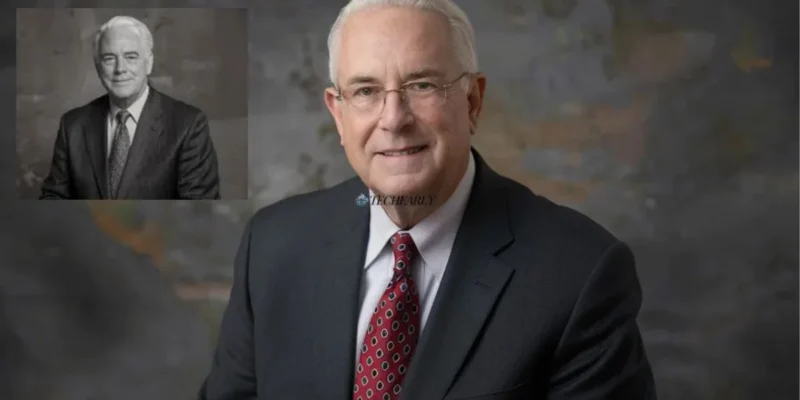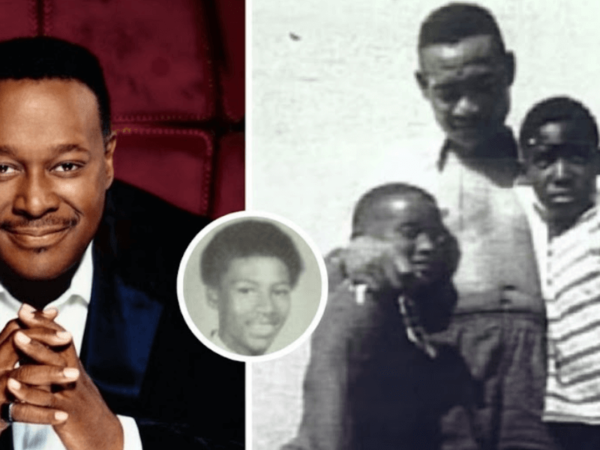The Life and Legacy of Hank Adams: A Trailblazer in Indigenous Activism

Hank Adams, a name that resonates deeply within Indigenous rights advocacy, left an indelible mark on history. Born on May 16, 1943, in Wolf Point, Montana, he was of Assiniboine-Sioux heritage, a background that shaped his dedication to justice for Native communities. Over decades of tireless work, Adams cemented his place as one of the most influential figures in Native American activism. His journey of resilience, diplomacy, and unwavering commitment is an enduring inspiration.
Quick Bio
| Category | Details |
|---|---|
| Full Name | Hank Adams |
| Birth Date | May 16, 1943 |
| Birthplace | Wolf Point, Montana, USA |
| Heritage | Assiniboine-Sioux |
| Height | Approximately 5’10” |
| Profession | Native American Rights Activist |
| Key Contribution | Advocate for Indigenous Treaty Rights |
| Notable Events | Fish Wars, Trail of Broken Treaties |
| Major Achievement | Boldt Decision of 1974 |
| Awards | Jefferson Award, Visionary Award |
| Family | Sister: Lois Adams |
| Lifestyle | Humble and community-centered |
| Death | December 21, 2020, Olympia, Washington |
Early Life and Cultural Roots
Hank Adams grew up on the Fort Peck Indian Reservation in Montana, where his connection to his Assiniboine and Sioux roots was nurtured. As a young boy, his experiences witnessing injustices faced by Indigenous peoples deeply influenced his worldview. Education became a cornerstone for Adams, not just as a means of personal growth but as a tool to combat systemic inequities. Though details of his formal education are limited, his intellectual prowess and understanding of complex legal systems became evident in his advocacy work.

Advocacy Beginnings and Inspiration
Adams began his activism in the 1960s, a period marked by heightened civil rights movements across the United States. While many were fighting for racial equality, Adams recognized that Native Americans’ voices were often marginalized within these broader struggles. This realization led him to join organizations such as the National Indian Youth Council and the American Indian Movement (AIM). His initial involvement focused on grassroots efforts, including organizing protests and raising awareness about treaty violations.
A Pivotal Role in the Fish Wars
One of Hank Adams’ most significant contributions was his leadership during the Fish Wars of the 1960s and 1970s. These were a series of protests in the Pacific Northwest to defend Native American treaty rights to fish in their ancestral waters. Adams worked closely with tribes like the Nisqually, Puyallup, and Muckleshoot, helping organize “fish-ins” where Native fishermen would deliberately defy state-imposed fishing restrictions.

His relentless advocacy played a key role in the Boldt Decision of 1974, a landmark court ruling that reaffirmed Native tribes’ rights to half of the harvestable fish in Washington State. This decision upheld treaty agreements and became a precedent for other Indigenous rights cases across the country.
The Trail of Broken Treaties and National Policy Reform
1972, Adams played a central role in the Trail of Broken Treaties. This cross-country caravan culminated in the occupation of the Bureau of Indian Affairs (BIA) headquarters in Washington, D.C. During this historic event, Adams authored the “Twenty Points” proposal outlining reforms to improve federal policies affecting Native Americans. These demands included the recognition of tribal sovereignty, land restoration, and increased funding for Indigenous education and healthcare. Although the occupation ended in controversy, Adams’ proposal negatively impacted discussions about Native policy reform.
Wounded Knee Negotiations
In 1973, Adams once again found himself at the centre of a pivotal moment in Native American history: the Wounded Knee Incident. This 71-day standoff between AIM activists and federal authorities occurred on the Pine Ridge Indian Reservation in South Dakota. Adams worked tirelessly as a negotiator to de-escalate tensions and prevent further violence. His role underscored his ability to navigate complex and high-stakes situations diplomatically and tactfully.
Personal Life and Physical Presence
While Hank Adams’ public life is well-documented, details about his personal life remain relatively private. Standing at an estimated 5’10”, Adams carried himself calmly yet commandingly. His quiet charisma was often remarked upon by those who worked alongside him. Family life was essential to Adams, though records primarily note his sister, Lois Adams, as a close confidante and supporter.
Adams was known for his humble lifestyle, living simply despite his significant contributions. He avoided the limelight, focusing instead on the causes he championed. His lack of social media presence in the modern era further highlights his preference for direct, community-centred engagement over personal promotion.
Recognition and Honors
Hank Adams’ dedication did not go unnoticed. In 1981, he received the Jefferson Award for Public Service, recognizing his extraordinary contributions to society. Later, in 2006, he was honoured with the American Indian Visionary Award, cementing his legacy as a leader and innovator in Indigenous advocacy. Despite these accolades, Adams remained grounded, often redirecting attention to the collective efforts of Native communities rather than his achievements.
Challenges and Sacrifices
Adams’ path was not without its challenges. His activism frequently put him at odds with powerful institutions, including state and federal governments. Legal battles, arrests, and surveillance were familiar, yet he persevered. The emotional toll of fighting for justice over decades also weighed heavily on Adams, as did the physical demands of his work. Nonetheless, his resilience became a source of inspiration for others.
Enduring Legacy
Hank Adams passed away on December 21, 2020, in Olympia, Washington, but his legacy continues to inspire. The Boldt Decision remains a cornerstone of Indigenous rights law, and his work during the Trail of Broken Treaties set the stage for ongoing policy discussions. Today, young activists look to Adams’ life as a blueprint for effecting change through strategic, informed advocacy.
Adams’ contributions extended beyond tangible achievements. He showed that authentic leadership often requires stepping back, amplifying others’ voices, and working tirelessly behind the scenes. His approach to activism—grounded in humility and unwavering commitment—serves as a reminder of the power of collective action.
Conclusion
Hank Adams’ life was a testament to the strength of conviction and the impact of dedication. From the reservation in Montana, where his journey began, to the halls of power, where he fought for justice, Adams’ story is one of resilience and hope. His advocacy not only secured rights for Native Americans but also laid a foundation for future generations to continue the fight. As we reflect on his legacy, we are reminded of the importance of standing up for what is right, no matter the obstacles.
FAQs
Who was Hank Adams?
Hank Adams, born in 1943, was a Native American rights activist of Assiniboine-Sioux heritage. He was pivotal in advocating for Indigenous treaty rights, particularly during the Fish Wars and the Trail of Broken Treaties.
What is the Boldt Decision, and how was Hank Adams involved?
The Boldt Decision 1974 was a landmark ruling reaffirming Native American treaty rights to half the harvestable fish in Washington State. Hank Adams’ advocacy and leadership during the Fish Wars were instrumental in achieving this outcome.
What were Hank Adams’ contributions to Native policy reform?
Adams authored the “Twenty Points” proposal during the Trail of Broken Treaties, which outlined key reforms for federal policies, including tribal sovereignty and land restoration. His work had a lasting impact on Native American policy.
What challenges did Hank Adams face during his activism?
Adams faced legal battles, arrests, surveillance, and significant emotional and physical demands. Despite these challenges, his dedication to justice never wavered.
What is Hank Adams’ legacy today?
Adams’ work continues to inspire young activists. His role in securing treaty rights and advocating for policy reforms laid the groundwork for ongoing efforts to achieve justice for Native communities.
Also, read interesting articles at blogsky.co.uk






